Some of the most common questions I get on social media are about the drysuit I use. Usually, from divers who are thinking about moving to drysuit diving and want to know my thoughts on suits. That spurred me to do a little write up about my suit and why I like it.
I got my first SEAL suit in November 2020 while the COVID pandemic was still underway. The first suit I got was a test suit, so it was not made to measure (it was slightly customised but not in detail like they are now). It fitted me fairly well except for the neoprene neck seal which was way too big for me, it wasn’t diveable and I had to replace it. Other than that I was pretty happy with the suit, in fact apart from replacing the seals and zipper it is still diving!
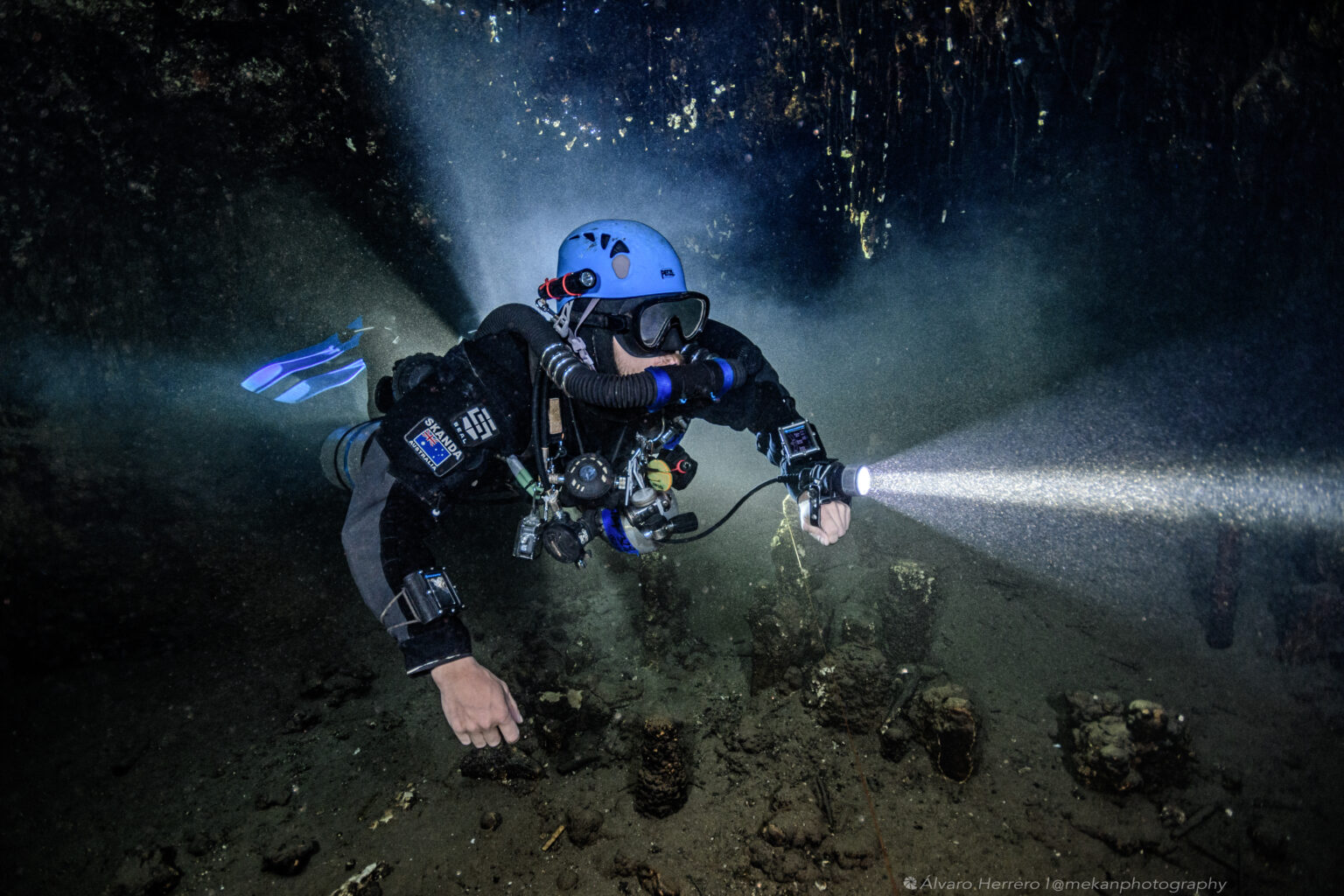
Features and construction
The SEAL Drysuit is a cool looking suit with the black trilaminate fabric, and the grey anti-abrasion material on high impact areas such as knees and elbows. The pockets are really well designed, with a separate section for sliding wetnotes without having to open the flap. This is great for dives where the wetnotes come out a lot – for me that is usually survey and exploration, or teaching. Inside the pockets there are different sizes of metal and plastic d-rings for attaching accessories.
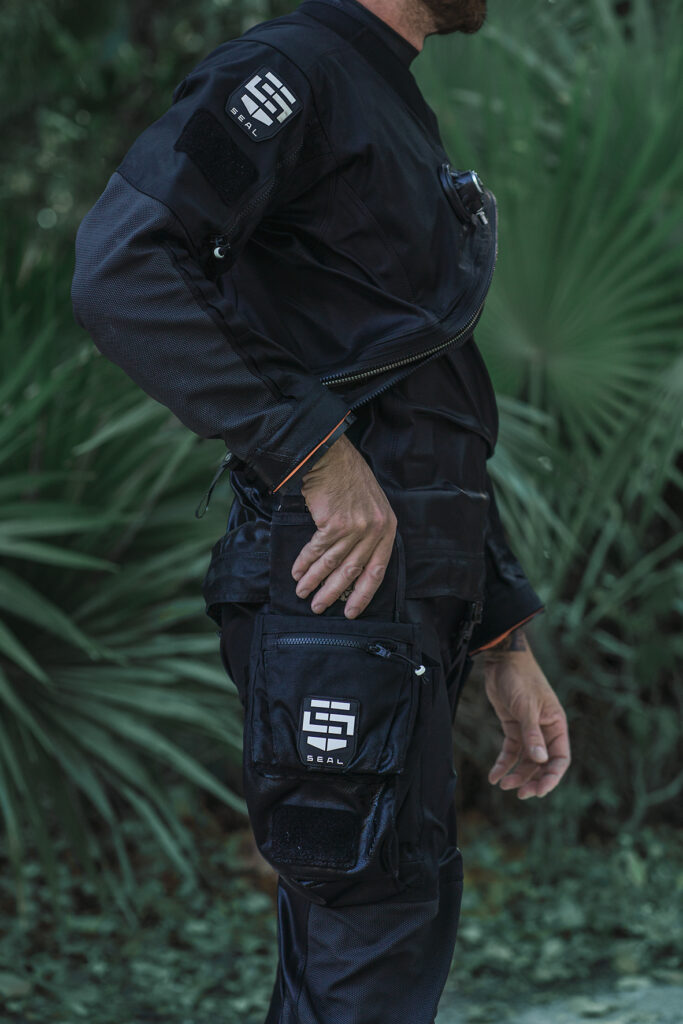
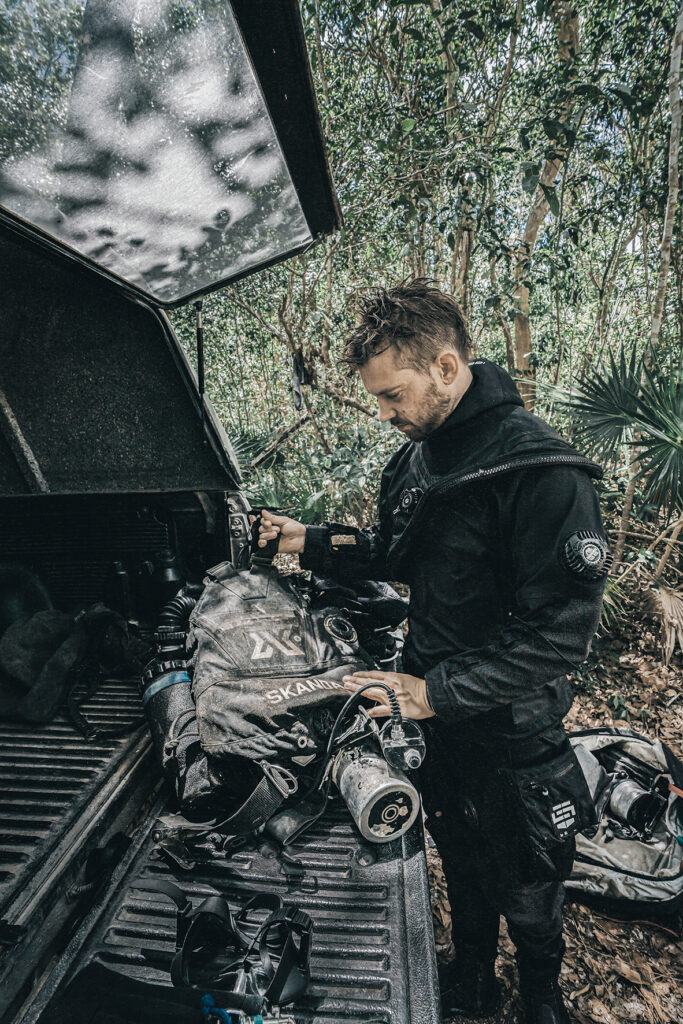
The pockets are big enough to fit everything you could want inside and close with velcro, depending on how full they are everything can be kept streamlined inside. The seams of SEAL Drysuits are glued and taped on the inside of the suit. The cut of the suits fits really well, slim and cave cut in my case, but of course can be cut for bigger undergarments.
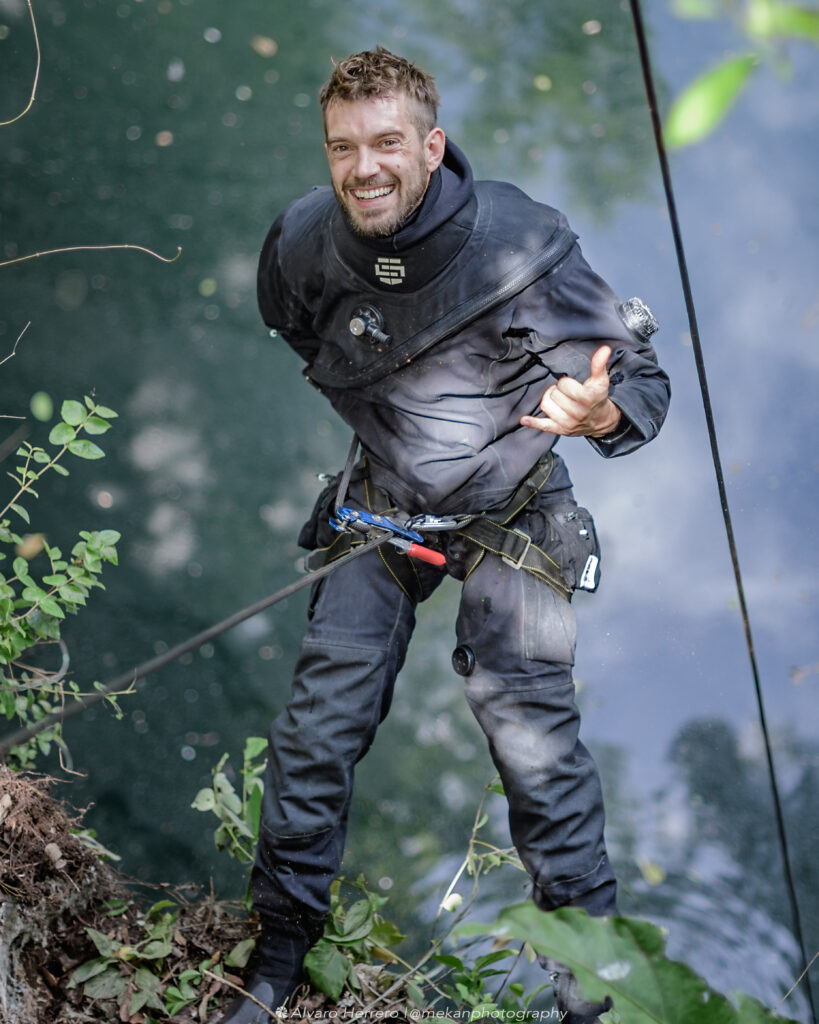
By design and the way the suit is cut, shoulder mobility is not restricted so it is very comfortable and easy to reach valves when diving in doubles. The zipper placement is convenient which makes it easy to get in and out of, even sitting down. Of course, there is also an outer zip to protect the dry zip which is the most critical part of any drysuit.
Fast forward to the new version of the suit and there were some important improvements.
One thing that is commonly observed on drysuits is the wear under the armpit area and the crotch (due to webbing rubbing on the suit). This is something that was apparent on my first SEAL suit. Following our feedback, the new suits are now made with reinforced cordura on the crotch and under the arms. While the reinforced areas do show some wear, they have held up well to almost two years of hard use!
Ordering and suit options
The SEAL Drysuits website offers a high end portal where you put in your measurements. In the portal it is thoroughly explained how to take each of the measurements to make sure the suit fits you like a glove.
There are no off the rack Seal suits, every suit is custom made.
On that portal, similar to the XDeep tuneup website, you can choose options and details based on your needs.The wrist seals can be glued latex, or fitted with Si Tech or Waterproof quick change silicone seals (and dry glove attachment). I have now used the Si Tech system and liked the oval cuffs because they are less bulky. The Si Tech system works their own drygloves, and the Rollock system for drygloves as well.
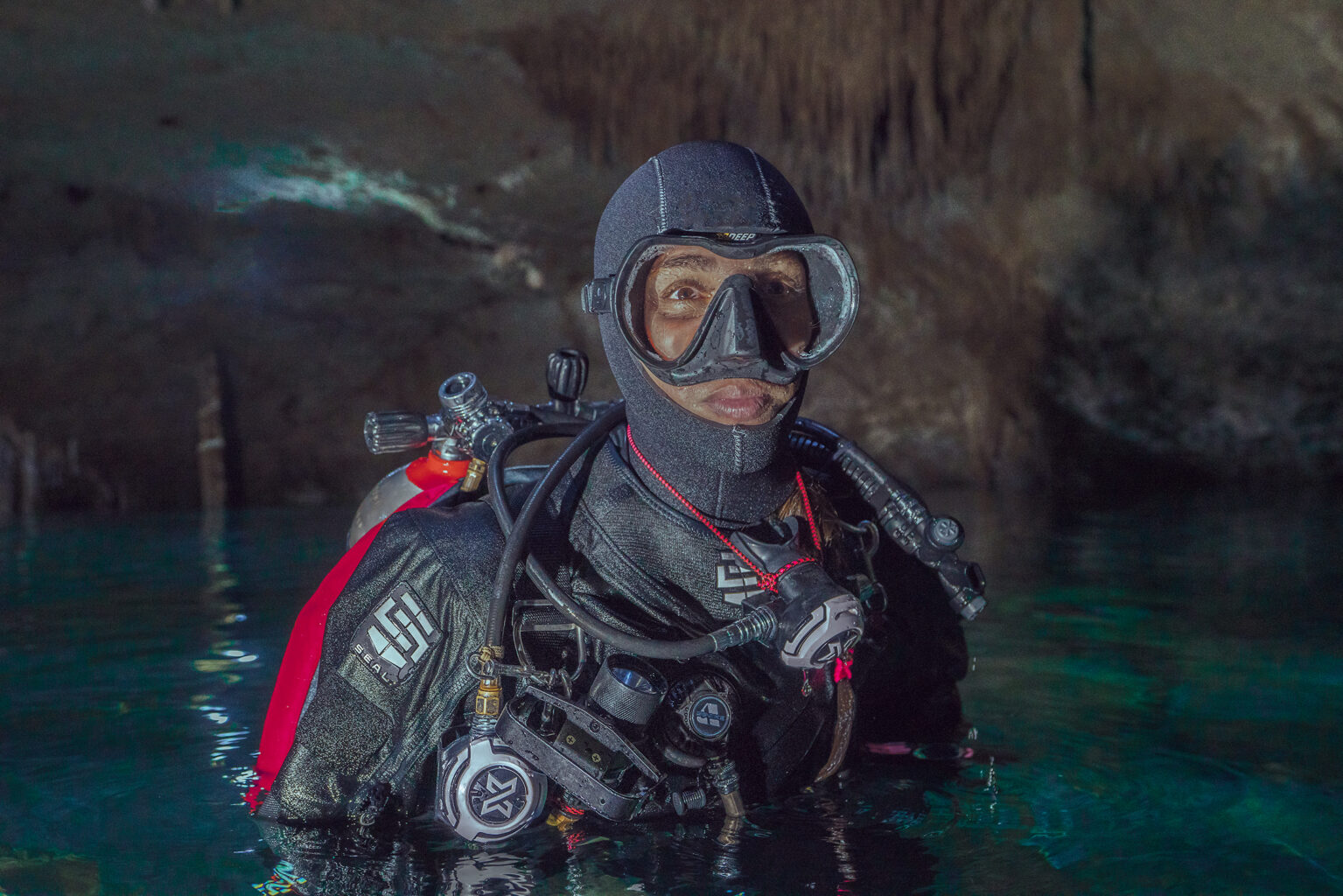
Neck seal options are the standard latex, neoprene, or quick change systems from Si Tech. Historically I really liked neoprene neckseals, but switched to latex for ease of replacement. I was always hesitant about the quick change system, thinking it would be uncomfortable or bulky. But having dived it now, its not very noticeable, and to be able to change a broken seal at the dive site is pretty awesome! You can also choose a plastic or metal zipper based on your preference. Inlet and exhaust valves can be pricked between Apeks and Si Tech.
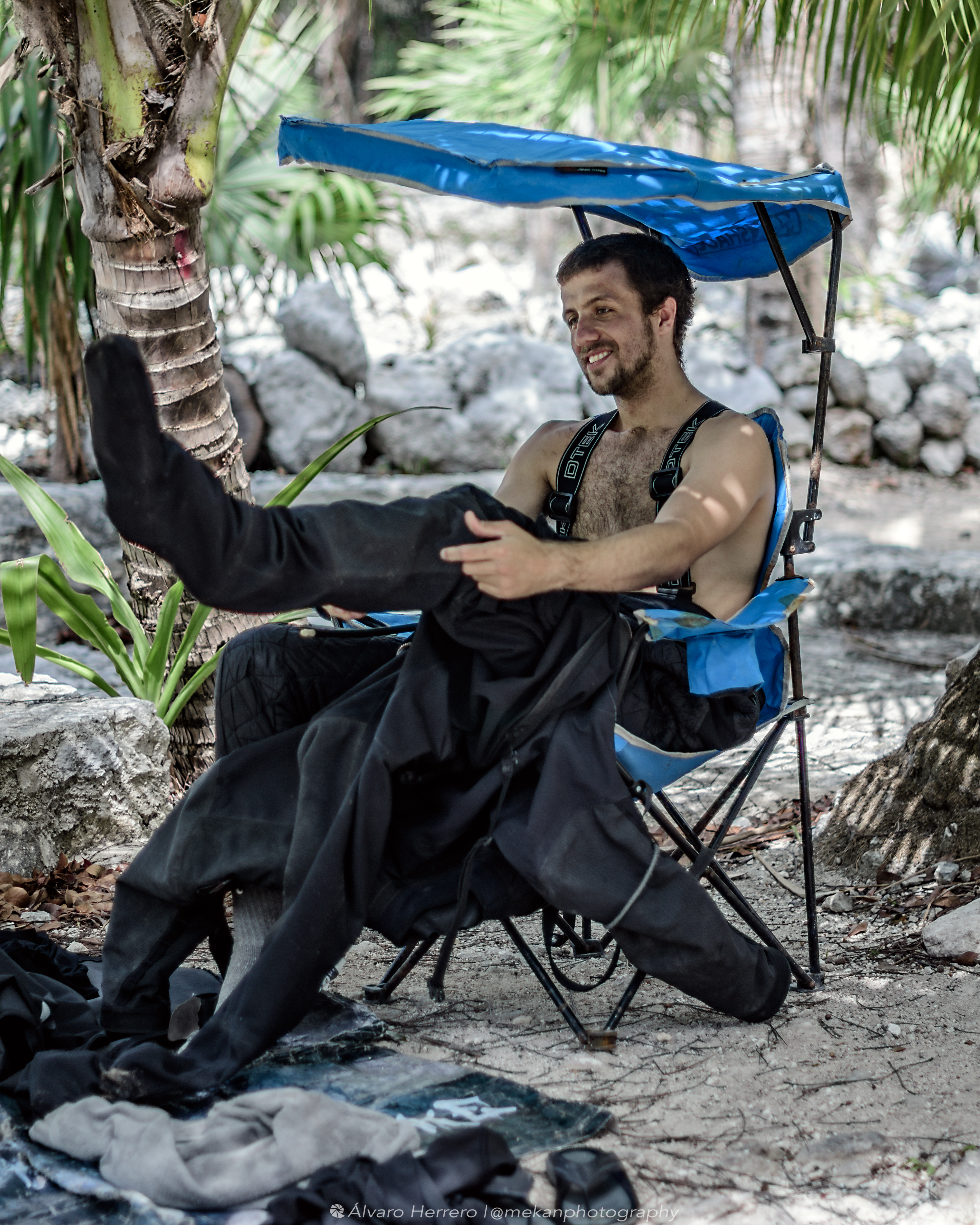
The suit comes standard with trilaminate socks, which I have really enjoyed, but can be changed for boots.
I generally don’t like boots on drysuits as they are a set size, often people come to train in Mexico with their cold water suits and the boots are absolutely giant and trap a lot of gas.
With the socks, I can wear more or less socks inside the suit, and just adjust my normal neoprene dive boots if I need a bit more size for cold water diving. There is very little trapped gas as the sock adujsts for what I wear underneath it.
Divabilty
Getting in and out of the suit is very comfortable and easy because the zipper reaches all the way below the hip and ends slightly behind! After a botched replacement of socks and neck seal on my previous suit, it was an absolute nightmare to get into and out of. Having to fight for five minutes to get my feet into and out of the socks, and nearly pulling muscles in my neck donning the neck seal was really annoying.
The SEAL suit is by far an easier experience! I was pretty happy with the sizing, perfect for the warm water cave diving I do here in Tulum, and only a bit tight on my legs wearing thick cold water undergarments for diving in Holland, Belgium and Bosnia. When you do the measurements, it asks you to use the undergarments that you would dive the suit with. So that this is not a problem.
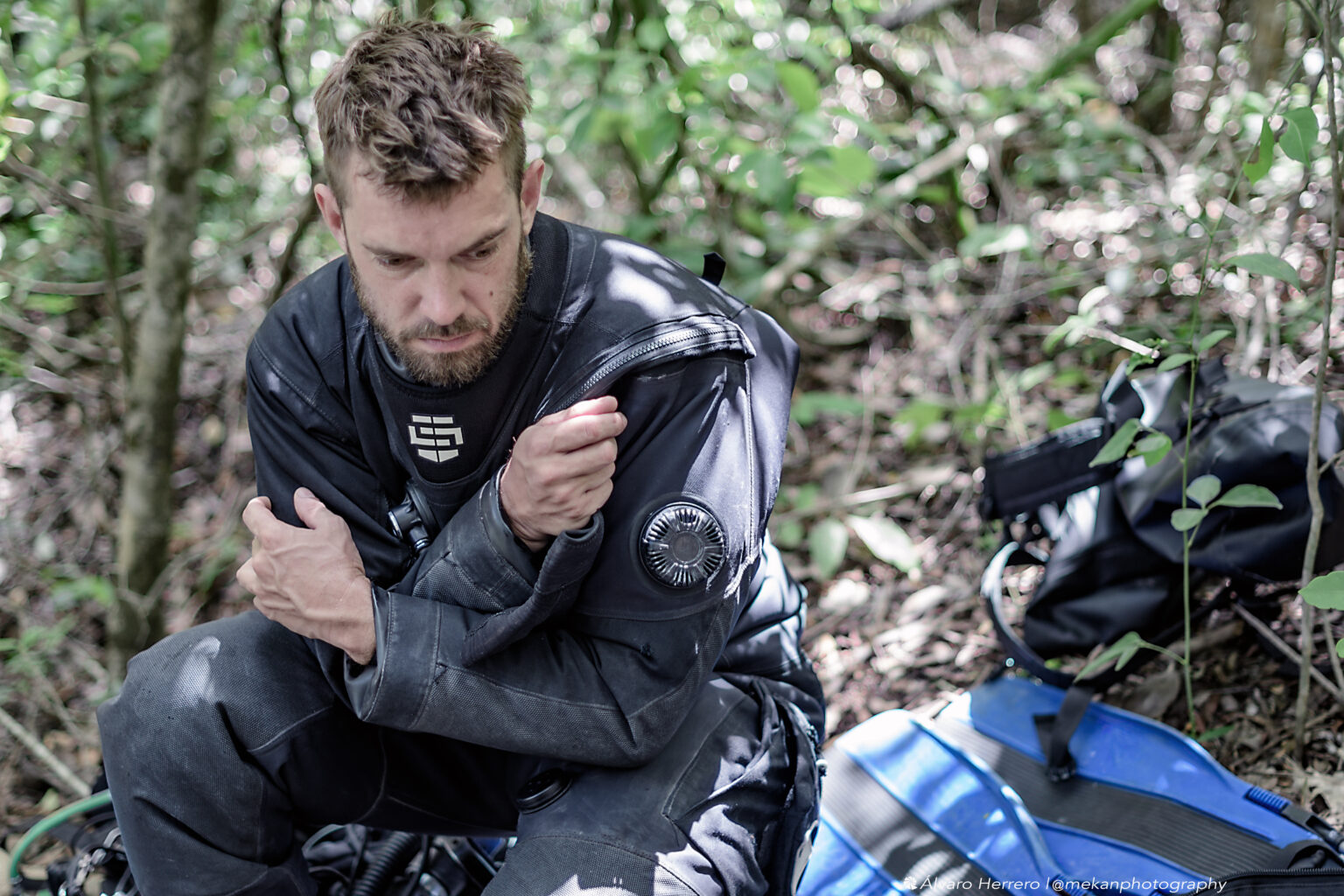
For my newest suit I decided to get changeable seals for the wrists and neck, after having to miss a dive from a torn wrist seal back in 2020 while doing the Void deep diving project. It really, really sucked to have to sit out the dive while Patrick and Jake went, and being out in the middle of the jungle with nothing to do but wait and feed the local mosquitoes. While the rings on the wrists are a bit more bulky than glued seals, I have gotten used to them and they only seem to get in the way diving with two stages in sidemount configuration.
The neck ring is definitely noticeable however not too irritating. Having done a quick change of neck seal at the dive site it is an option I would definitely take again and recommend if you want a quick and easy solution to broken seals.
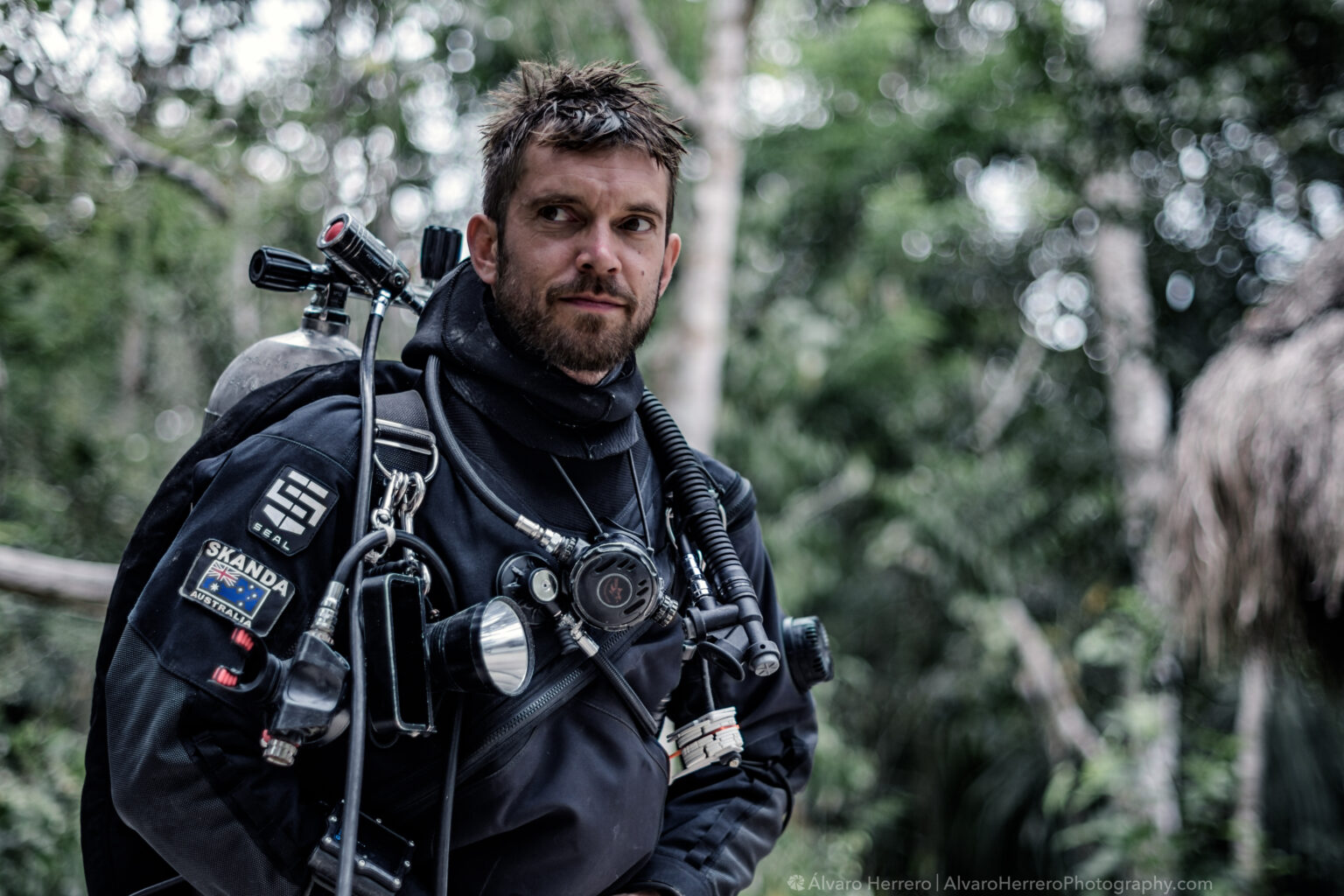
Wear and tear
As I dive most days a week, every week, it has definitely seen a lot of use, so for the average diver a suit should last a good few years. Despite using my latest suit for all my working dives (I use my old suit for exploration when there’s more chance to damage it) it still looks pretty good after a year and a half of use. I dive full time, meaning more or less 6 days a week, every week. If I am not teaching cave or rebreather diving, or guiding certified cave divers, I am cave diving for myself. Recently I had to repair the first leaks, and have changed out the seals but other than that it’s holding up.
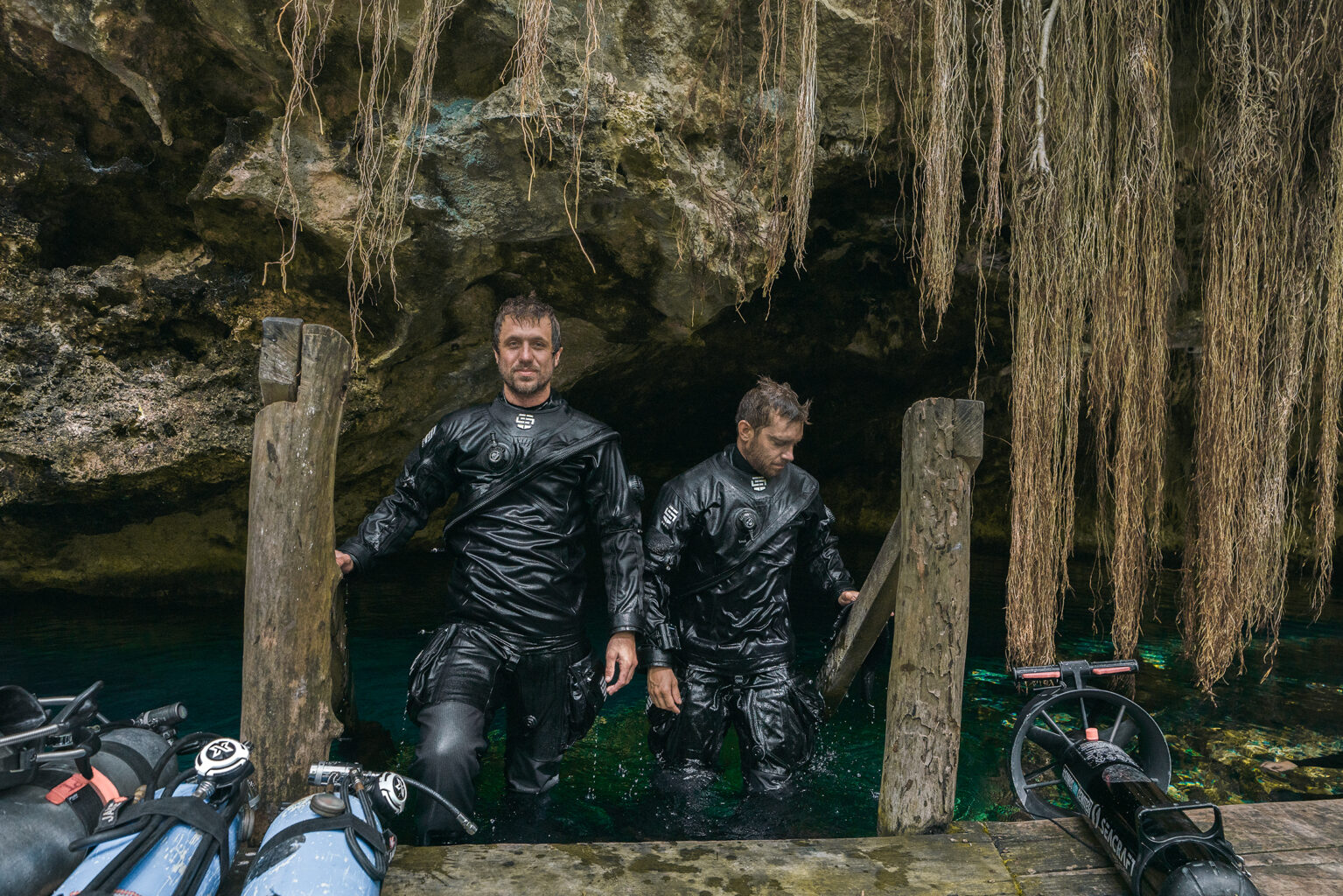
Conclusions
My experience with SEAL Drysuits has been a good one. It has proven to be as tough as advertised while looking really cool. The suit fits well, and the customised cut is pretty spot on. I am already thinking about ordering another one and would go for pretty much the same options. If you are thinking of ordering your first drysuit, or replacing an old one, the SEAL suit will stand you in good stead!
